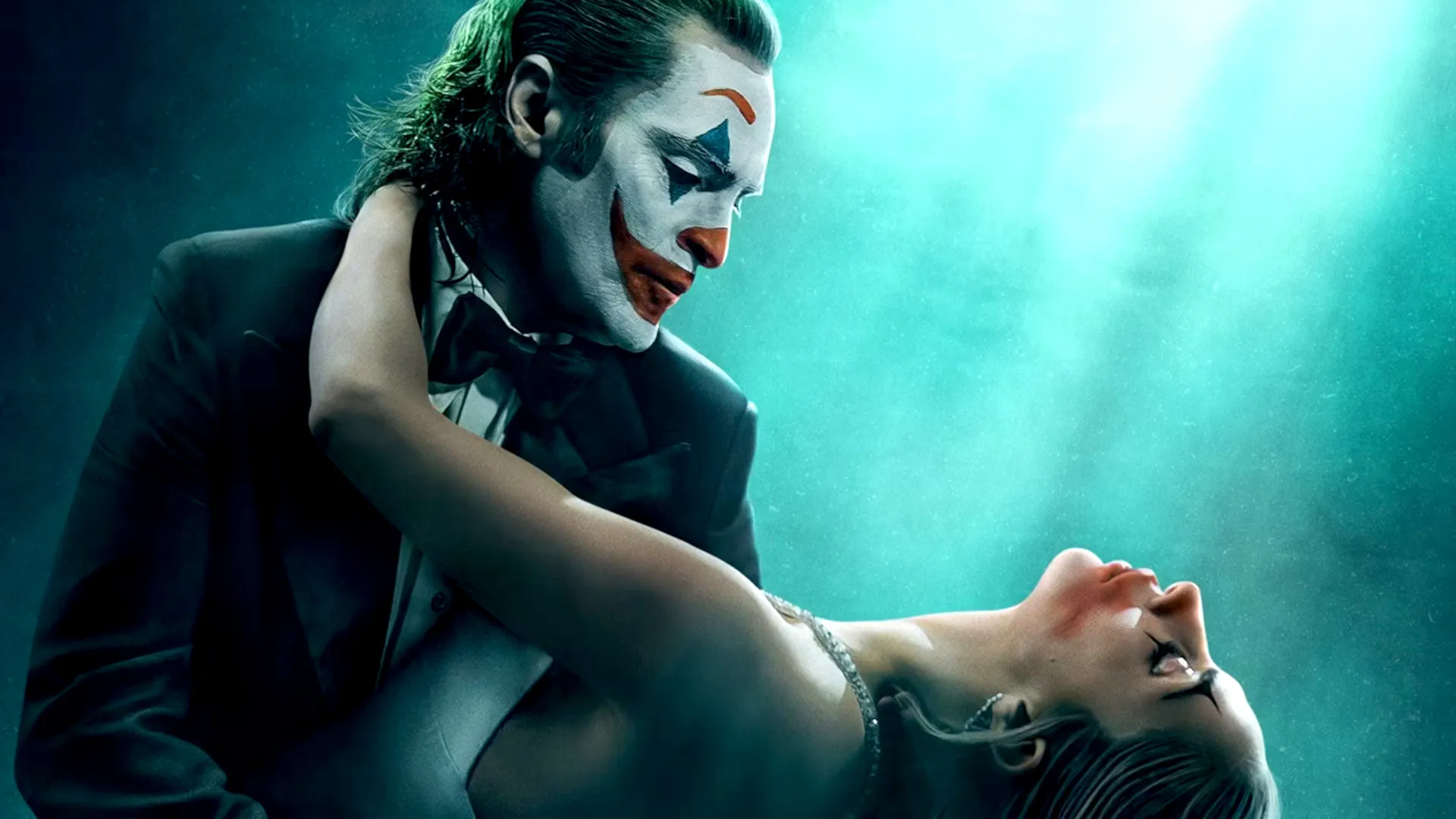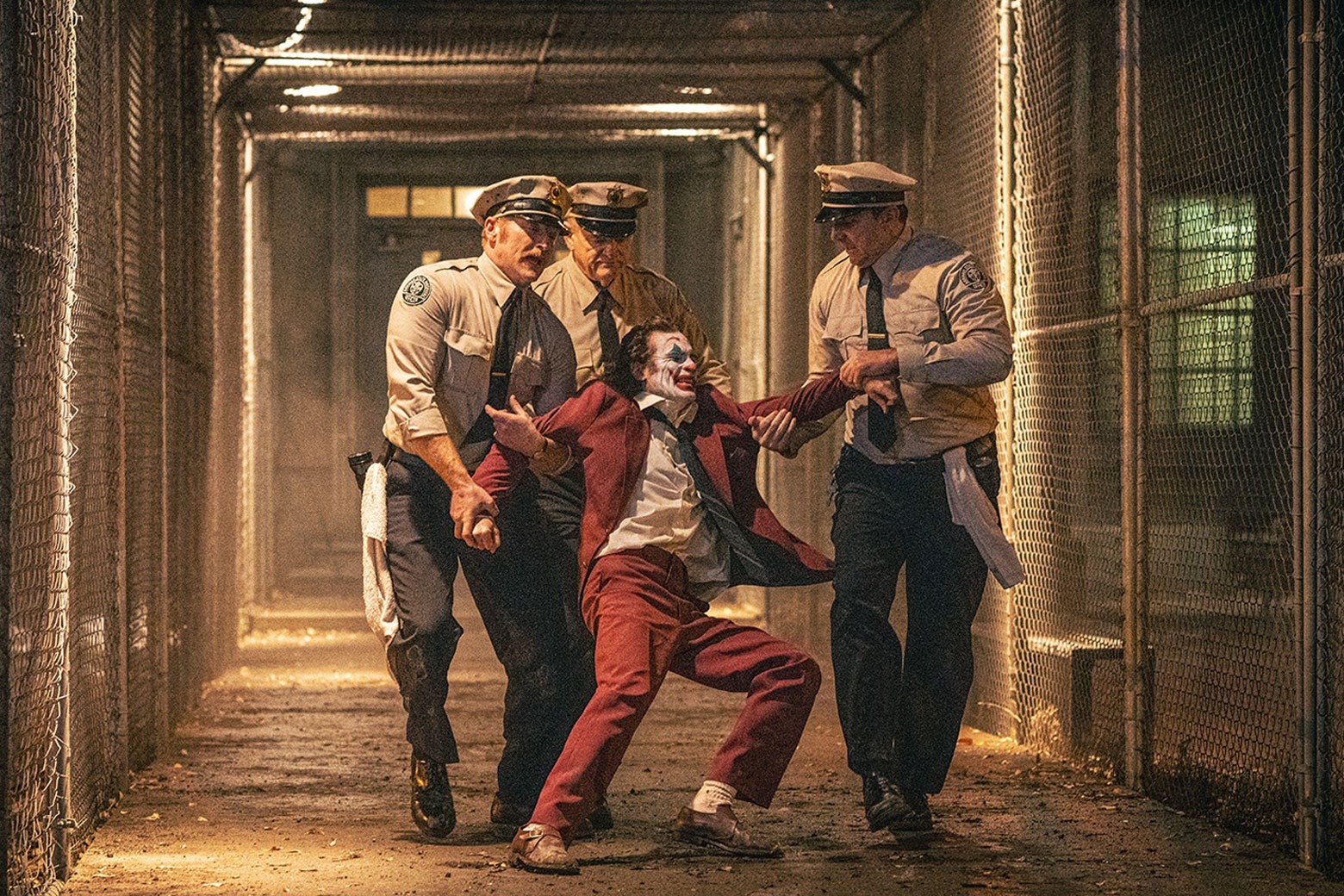Rather than start from the usual angle, let’s look at how comic book history has presented various versions of the Joker character causing trouble for Batman in Gotham. One storyline by comic book writer Geoff Johns talks about there being three different Jokers.
Among these is one drawn from Alan Moore’s Batman: The Killing Joke, called The Comedian. The others are The Clown and The Criminal. Joaquin Phoenix’s portrayal of Arthur Fleck aligns most closely with The Comedian.

In The Killing Joke, the Joker’s origin is traced to a failed comedian — a path that Arthur Fleck himself treads in Joker. Arthur started as someone trying to make people laugh, but nobody found his jokes funny.
Life in the harsh, divided city was already tough, but it became worse due to the trauma he experienced as a child, which his mind chose to block. His only constant was his (adoptive) mother, and her presence alone made him crave companionship.
This emotional gap helped form a character that many might see as sympathetic. Yet, the tenderness in him was resting on a shaky surface that collapsed when he discovered his mother had lied to him about who he truly was. Once Arthur’s reality started breaking apart, the fantasies he clung to started crumbling as well.
Although the scene where he kills three men earlier in the film marked the beginning of his turn towards violence, one could argue that he acted in self-defense — at least from his point of view.
But the betrayal he felt after uncovering the truth about his mother drove him into a deep rage and gave birth to a self-righteous side that would fuel his new identity.
It was after killing his mother that Arthur truly embraced the Joker. With nothing holding him back any longer, he moved freely and boldly, going on to appear on the Murray Franklin Show and declaring his new path.
Descent Into Madness: How Does Joker End?
Before Arthur got on live TV, Gotham was already on edge, trying to balance between public frustration and shallow order. Joker’s televised presence became the spark the working class needed to gather under a single banner.
On the show, Arthur confessed to his crimes, and during a tense moment with Murray, he pointed out the hypocrisy of the public’s reaction to him. As their argument reached a breaking point, Arthur turned violent and shot Murray live on air.
While the police took Arthur away, the city erupted. The protests transformed into riots as many in Gotham took Joker’s TV appearance as a signal to act. From the backseat of the police car, Arthur watched the flames of rebellion rising, and it made him smile.
Then, a crashing ambulance driven by masked protesters rammed into the vehicle carrying him. When Arthur regained consciousness, he discovered that these protesters had pulled him out and laid him across the wrecked police car. A crowd of people wearing clown masks gathered around him, cheering him on.
During all the chaos, the audience briefly sees the incident that would create Batman — young Bruce Wayne watching his parents gunned down in the alley. After that, Arthur is seen standing on top of the car, dancing as the Joker.
The scene fades to black, then cuts to Arthur sitting across from a therapist in what appears to be a psychiatric facility. She asks him what he finds funny, and he replies, “You wouldn’t get it.” He then begins to recite the lyrics of Frank Sinatra’s That’s Life.
The words he speaks seem to say something about his view on what life has become. He quotes: “That’s life, and as funny as it may seem / Some people get their kicks / Stompin’ on a dream.” These lines suggest that Arthur now identifies as one of those who take pleasure in crushing dreams.
But whose dreams are being destroyed? It could be Bruce Wayne’s vision of family and peace, which died along with his parents. It could be Murray Franklin’s pride, ended by a bullet. Or maybe it’s Arthur’s dreams of being a successful comedian, dreams that he chose to throw away.
Was it All in Joker’s Head?
There’s no straightforward explanation offered when the movie moves to Arthur inside a psychiatric ward, dressed in white and speaking with a doctor. Many who watched Joker believe this scene comes after the citywide chaos he helped bring about.

But this wouldn’t be his first time in such a place. Earlier in the film, Arthur referred to an earlier hospitalization, and his social worker even asked him if he’d reflected on that experience. At the time, Arthur didn’t give a real answer, and the film then showed a quick image of him wearing the same white outfit, locked away — just like at the end.
That moment plants a major doubt in the mind of the viewer: was all that drama just something Arthur imagined? The film had already made it clear that Arthur often lost touch with reality, particularly when it came to his supposed relationship with his neighbor.
That entire romance turned out to be a product of his imagination. This made him an unreliable character through whom the story is told. As a result, viewers are left in a place where they have to question which scenes happened and which existed only in Arthur’s troubled mind.
Stream this fan-favorite drama exclusively on Amazon Prime whenever you’re ready.



